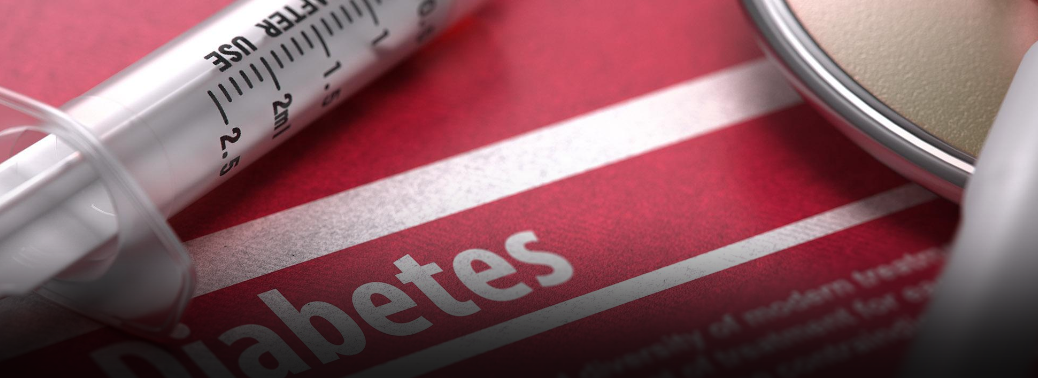Is home test for Type 2 diabetes a waste of time and money?
12, Mar 2019

More than 30 million people in the U.S. have diabetes. The vast majority of them have Type 2 diabetes. Some of those are testing their blood sugar at home, but the best research is telling us that they do not need to — that in fact it is a waste of money.
For people with Type 1 diabetes, blood glucose monitoring and insulin administration is the standard of care. Patients need to check their blood sugar a number of times a day, then give themselves insulin to replace what would have been made in the pancreas. Treatment for Type 2 diabetes, however, does not involve these critical calculations of insulin. It is usually maintained with pretty regular administration of the same drugs on a set schedule.
Self-monitoring for blood glucose, therefore, may be unnecessary. This has been tested in well-designed studies.
Pragmatic study
The Monitor trial, published two years ago in JAMA , was a pragmatic trial that took place in 15 primary care practices in North Carolina. Patients with Type 2 noninsulin-treated diabetes were randomly assigned to one of three groups.
People in the first group were told to check their blood glucose once a day. People in the second were told to check their blood glucose once a day and then were given tailored advice depending on the results from the meter. The third group was told not to check blood sugar at all.
After one year (a pretty impressive length for a study like this), there were no differences in the hemoglobin A1C levels (the best way to monitor long-term blood glucose control) between the three groups. There were also no differences in the health-related quality of life measures for the patients. There were no differences in the number of times they experienced hypoglycemia, how much care they needed and how many progressed to the need for insulin.
In other words, there were no measurable differences in how patients fared, whether they checked blood sugar or not.
This evidence, while the best to date, confirmed what previous work had shown.
What critics say
Still, not everyone is on board. Critics said it did not prove that blood glucose monitoring could not help: It is possible that with better training, or more attention to detail, there might be ways to make this work.
The point of pragmatic comparative effectiveness trials like this, though, is to test how practices work in the real world. In these high-quality primary care practices, even with customised help in interpreting the measurements (which is more than most patients get), testing blood sugar did not make a difference.
But for most people with Type 2 diabetes not on insulin, testing is inappropriate most of the time. That message is not getting through. At the end of last year, another study was published in JAMA Internal Medicine that quantified the prevalence of glucose testing in adults. Researchers examined a database that contained data on more than 3,70,000 people who had Type 2 diabetes.
Of the more than 23% of patients who were using testing strips, more than half were probably doing so despite widespread recommendations that they shouldn’t. They were using a median of two testing strips a day at a cost of more than $325 per year per patient
| Type 1 Diabetes | Type 2 Diabetes |
|---|---|
| Type 1 diabetes is believed to be an autoimmune condition. | Type 2 diabetes starts as insulin resistance. |
| This means your immune system mistakenly attacks and destroys the beta cells in your pancreas that produce insulin. | This means your body can't use insulin efficiently. |
| The damage is permanent. | That stimulates your pancreas to produce more insulin until it can no longer keep up with demand. |






